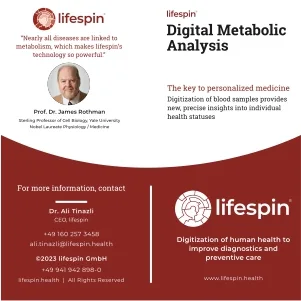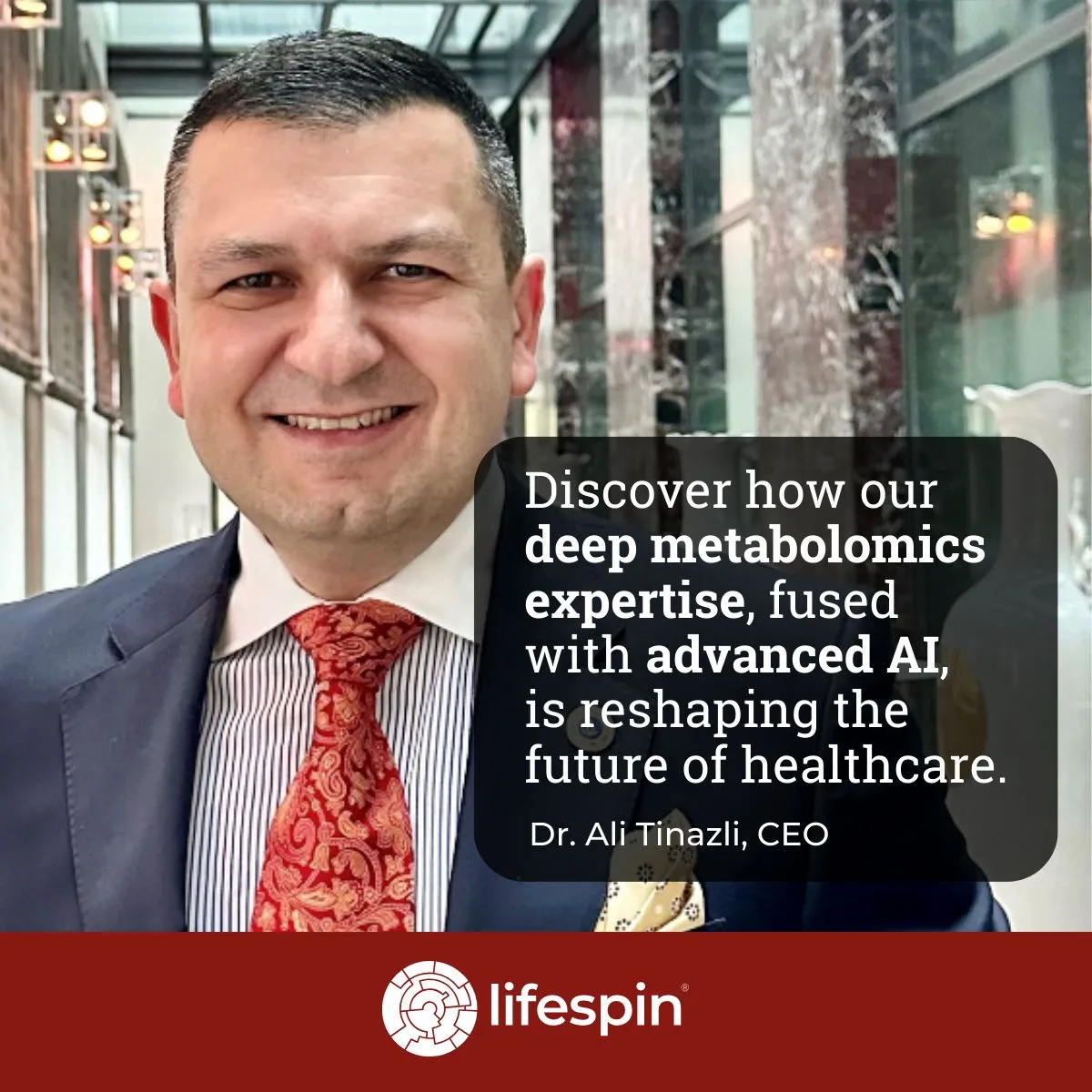Artificial Intelligence (AI) has become a driving force in revolutionizing various industries, including healthcare. In the realm of oral healthcare, AI is playing a pivotal role in empowering dentists to streamline their workflow – automating charting, detecting diseases, and enhancing patient education. This article explores the profound and growing impact of AI in dentistry, with a focus on how these technologies are transforming clinical dentistry through automation and enhanced patient education.
Role of AI in Automation of Workflow:
Image Analysis and Diagnostics
AI-powered tools are reshaping the way dentists interpret radiographs and images. Advanced algorithms can swiftly analyze intricate details, aiding in the early detection of dental caries, bone loss, furcation involvement, and more, thereby aiding in a more accurate diagnosis.
Efficient Record-Taking
Automation simplifies the often labor-intensive task of record-taking in dental practices. AI solutions automate the manual data entry and documentation process, ensuring that patient records are always updated, accurate, and easily accessible.
Integration with Clinic Management Systems
AI is fostering seamless integration with clinic management systems, enabling a cohesive and interconnected workflow. This integration enhances communication between various aspects of a dental practice, reducing manual data transfer and thereby minimizing the risk of errors.
Enhancing Patient Education
Enhancing patient education in dentistry is vital for promoting oral health literacy and empowering individuals to take control of their dental well-being. AI-generated intuitive visual communication and design features can enable dentists to effectively convey complex treatment plans and procedures to patients. These visualizations facilitate patient understanding of oral health issues, promoting transparency and informed decision-making. Patients benefit from personalized educational resources, empowering them to actively engage in managing their oral health.
AI tolls play an important in enhancing health education in many following ways:
Visualizing Treatment Plans
AI is transforming the way dentists communicate treatment plans to patients. By leveraging AI-generated visualizations, dentists can illustrate complex procedures in a visually comprehensible manner. Patients can see and understand proposed interventions, promoting transparency and informed decision-making.
Interactive Educational Resources
AI platforms can offer dentists a suite of interactive educational resources. Animated videos, virtual simulations, and personalized care recommendations empower patients to actively engage in understanding their oral health. This interactive approach enhances patient awareness and promotes a sense of responsibility for their well-being.
Also Read: AI in Medicine: Challenges, Myths and the Future
AI can also be used as an educational tool in dental schools for teaching and screening purposes like diagnosing incipient caries, early bone loss, pathologies like cysts and tumors. This allows for a more interactive learning experience, resulting in better-prepared graduates.
Increased Treatment Acceptance
Educated patients are more likely to accept and adhere to recommended treatment plans. AI’s role in patient education contributes to higher acceptance rates as individuals gain a deeper understanding of their oral health, the importance of preventive measures, and the rationale behind suggested treatments. The risk of lack of treatment is also highlighted, to allow the patients to make the most informed decision possible.

As we navigate the era of AI in dentistry, the benefits of workflow automation and enhanced patient education are increasingly evident. Dentists leveraging AI technologies are not only optimizing their daily operations but also fostering a culture of proactive oral health awareness among their patients. The marriage of AI and dentistry is shaping a future where precision meets education, ultimately leading to more effective patient care and improved overall oral health outcomes.












